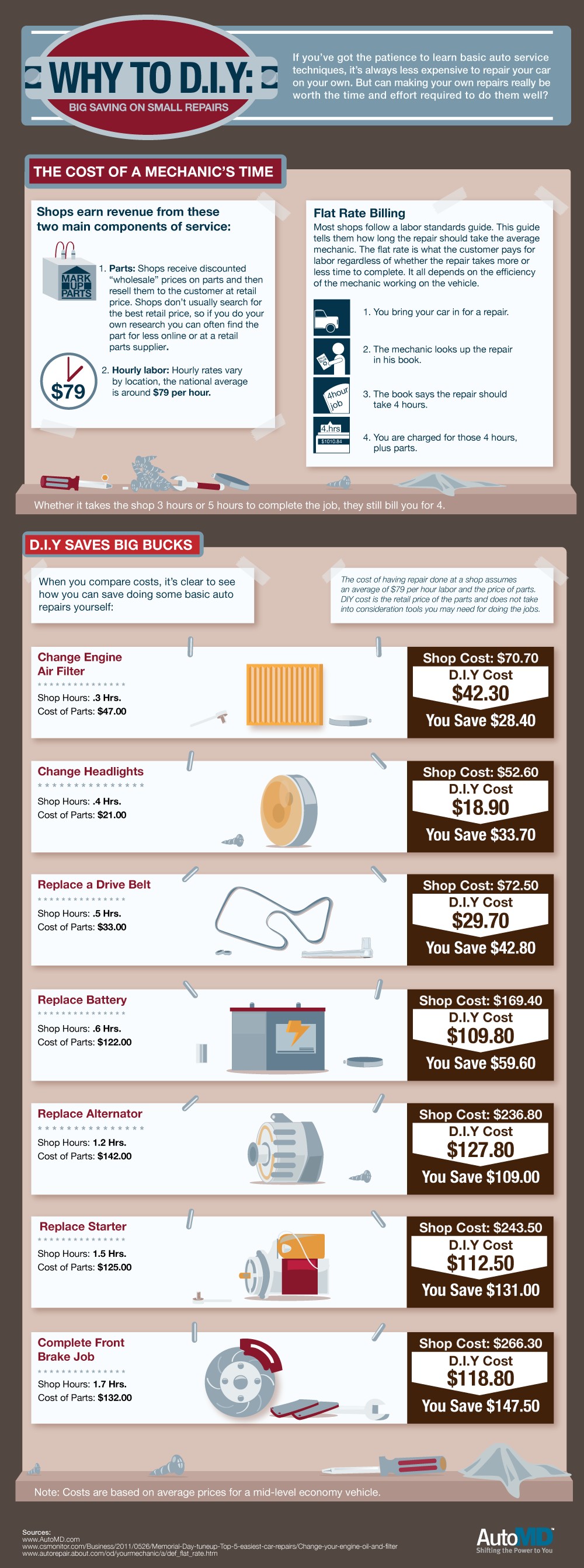Deciphering Your Vehicle'S Caution Indicators: What They Genuinely Signify
Deciphering Your Vehicle'S Caution Indicators: What They Genuinely Signify
Blog Article
Published By-Boye Winters
When you're behind the wheel, those radiant caution lights on your dashboard can be a bit complicated. Do you know what they're attempting to tell you concerning your cars and truck's wellness? Recognizing the importance of these lights is important for your security and the durability of your car. So, the next time among those lights pops up, wouldn't you want to decode its message accurately and take the needed actions to resolve it?
Common Warning Lights and Interpretations
Identify usual caution lights in your car and recognize their meanings to ensure safe driving.
One of the most typical caution lights include the check engine light, which signals issues with the engine or discharges system. If this light comes on, it's vital to have your automobile inspected immediately.
The oil stress warning light indicates reduced oil pressure, requiring prompt focus to prevent engine damages.
A flashing battery light might suggest a faulty charging system, possibly leaving you stranded otherwise attended to.
The tire pressure surveillance system (TPMS) light signals you to reduced tire stress, influencing automobile security and fuel performance. Disregarding this can result in harmful driving problems.
The abdominal light shows a problem with the anti-lock braking system, jeopardizing your capability to stop rapidly in emergencies.
Last but not least, the coolant temperature level cautioning light warns of engine getting too hot, which can cause serious damage if not fixed quickly.
Understanding these typical warning lights will certainly help you resolve concerns immediately and preserve secure driving conditions.
Value of Prompt Attention
Understanding the common caution lights in your cars and truck is just the first step; the relevance of promptly dealing with these cautions can't be emphasized enough to guarantee your safety and security when traveling.
When a caution light illuminates on your control panel, it's your automobile's way of communicating a possible problem that requires interest. Neglecting these warnings can cause more severe issues later on, jeopardizing your safety and security and potentially costing you more in repairs.
Prompt attention to advising lights can avoid breakdowns and accidents. For example, a blinking check engine light might suggest a misfire that, if left ignored, can create damage to the catalytic converter. Resolving this promptly can save you from an expensive repair work.
Likewise, just click the following website alerting light could indicate low brake liquid or used brake pads, critical parts for your security when driving.
Do It Yourself Troubleshooting Tips
If you observe a caution light on your dashboard, there are a couple of DIY troubleshooting suggestions you can attempt before seeking specialist help.
The primary step is to consult your cars and truck's manual to comprehend what the particular warning light indicates. Often the issue can be as easy as a loose gas cap triggering the check engine light. Tightening up the gas cap might fix the issue.
An additional common concern is a reduced battery, which can activate different advising lights. Examining the battery links for rust and ensuring they're protected might take care of the trouble.
If a warning light lingers, you can try resetting it by detaching the auto's battery for a few mins and after that reconnecting it. Additionally, checking your lorry's fluid levels, such as oil, coolant, and brake fluid, can help repair alerting lights related to these systems.
Verdict
In conclusion, recognizing your cars and truck's warning lights is crucial for keeping your automobile running smoothly and safely. By immediately resolving https://brake-pads-and-rotors62739.wizzardsblog.com/31176237/eager-to-reveal-the-very-best-automobile-service-center-close-by-take-a-look-at-the-leading-10-pointers-that-will-assist-you-reach-a-notified-choice and understanding what they imply, you can stay clear of pricey repairs and possible malfunctions.
Keep in mind to consult your auto's guidebook for specific information on each warning light and act appropriately to make certain a hassle-free driving experience.
Remain notified, remain risk-free when traveling!
